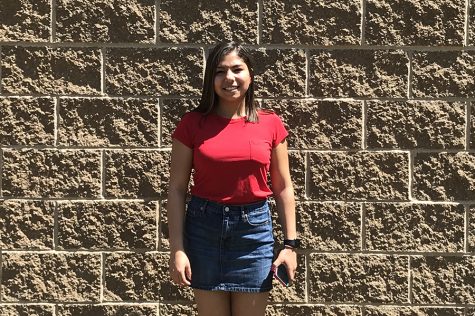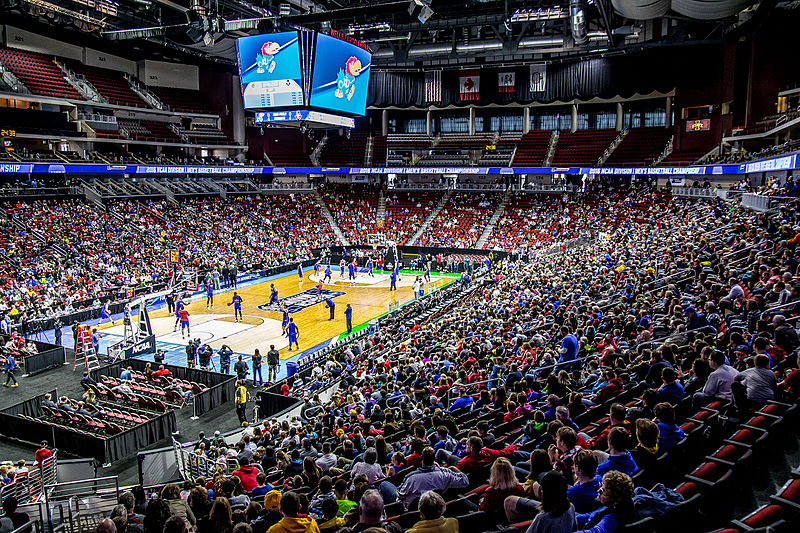Paying College Athletes
Between March Madness and the college football playoffs, and everything in between, the NCAA will make approximately $12 billion each year, and student athletes won’t see a penny of it. Not only does the NCAA not pay them, but due to the NCAA’s rules regarding amateur players, athletes “cannot receive meals, clothing, transportation, or other gifts by individuals other than family members” and cannot have a job either. College athletes, specifically Division 1 athletes, also do not get the opportunity to take advantage of the free education they have earned, with playing their sport they have to be more devoted to the sport on many occasions. Professional athlete, and former college athlete, Richard Sherman made it very clear that even the coaches make sure they know that they are “not on a scholarship for school” (Sherman). These athletes dedicate an incredible amount of hard work and time to their team while making an immense amount of sacrifices elsewhere. College athletes should be paid on an open market because they contribute economically to both the school and the NCAA.
According to the NCAA rules regarding Amateurism, athletes “cannot receive meals, clothing, transportation, or other gifts by individuals other than family members, and their relatives cannot receive gifts of travel to attend games or other forms of remuneration”. Basically, the athletes can make money for thousands of other people but not for themselves. This is incredibly unfair.
Due to their demanding practice schedule and all that is a part of being a college athlete, it is safe to say that these Division 1 sports are far from amateur, specifically basketball and football. “In amateur sports the competitors spend a great deal of time practicing, since they are playing for fun and have work or school full time”(Eitzen). Very obviously, these athletes spend an incredible amount of time working out or practicing for their team, almost all of their time actually. They dedicate mandatory hours and hours to their team and not to class or class work and they don’t have a choice about it. They cant choose to take advantage of the education they have earned, they are hardly students, and yet, their “‘student’ status is a cover for the university to avoid paying [them] as much as [they] would earn on a competitive market”. This and the other injustices previously stated is why college athletes should be paid on an open market.
In an interview with San Francisco 49ers’ cornerback, Richard Sherman, Sherman discusses college athletes’ time constraints. In the face of class work and sports, college athletes struggle trying to balance both while being committed to their team and taking advantage of the free education they are given. Richard Sherman is qualified to speak about this topic because he was a college athlete at Stanford. In the interview, while describing the difficulty in navigating a schedule, Sherman challenges the average student by saying “ I would love for a regular student to have a student- athlete’s schedule during the season for just one quarter… and show me how you balance that” followed by “Show me how you would schedule your classes when you can’t schedule classes from 2-6 o’clock on any given day. Show me how you’re going to get all your work done when you get out at 7:30 or so, you’ve got a test the next day, you’re dead tired from practice, and you still have to study just as hard as everybody else every day and get all the same work done” (Sherman). Sherman says all this to show just how busy a student athlete is. He wanted to address this because in the latter half of the interview he wants people to realize that student athletes aren’t able to take advantage of the opportunity of free education that they are given and when a student needs a little extra cash, it shouldn’t be much of a surprise. Sherman said that he had to make decisions daily if he wanted to eat or put gas in his car or other things.
Along with all of their hard work, the athletes form a type of advertising team. Under the NCAA, they aren’t allowed to sign on to one, but obviously, the best players attract fans… or customers. Along with that, the athletes drive up college applications. People want to go to the school who wins the championship.
On an open market, the athletes would be paid on a market value in relation to what they bring in to the school and NCAA. It would kind of be a popularity contest, that could only be won on the field. “The March survey, from the National College Players Association and Drexel University, said that the projected fair market value of the average college football player is $178,000 per year from 2011 to 2015, while the projected market value for the average college basketball player for the same time is $375,000” (Koba).

Adrianna Longhi is a junior at GHS. She is a student athlete who aspires for the best in sports and academics. After enjoying many English classes at GHS,...









Andrew King • Sep 5, 2018 at 10:47 am
It’s not fair for college players. Going through college is really the only way to be eligible and become a pro player. They’re so talented to even make it to even that level but they get no reward? It makes no sense.